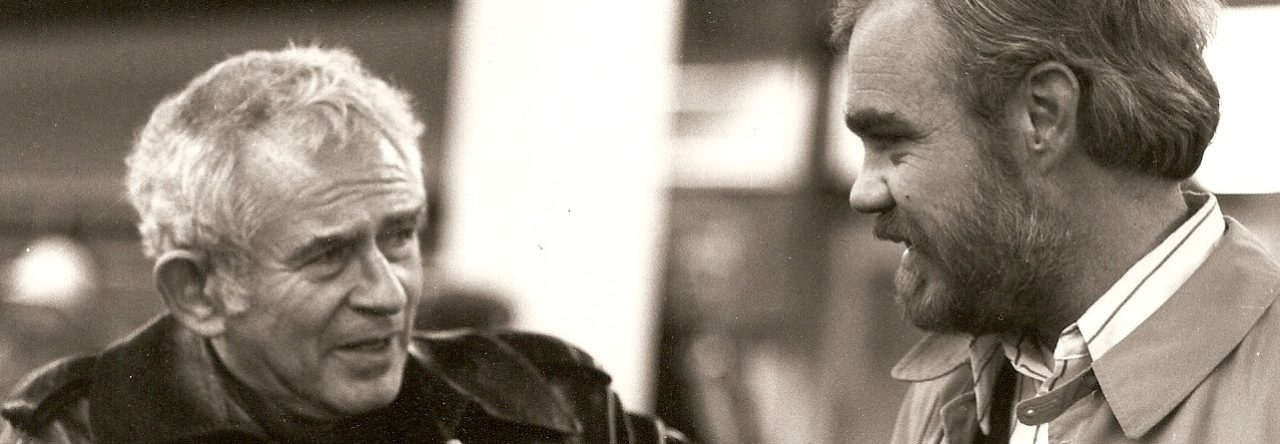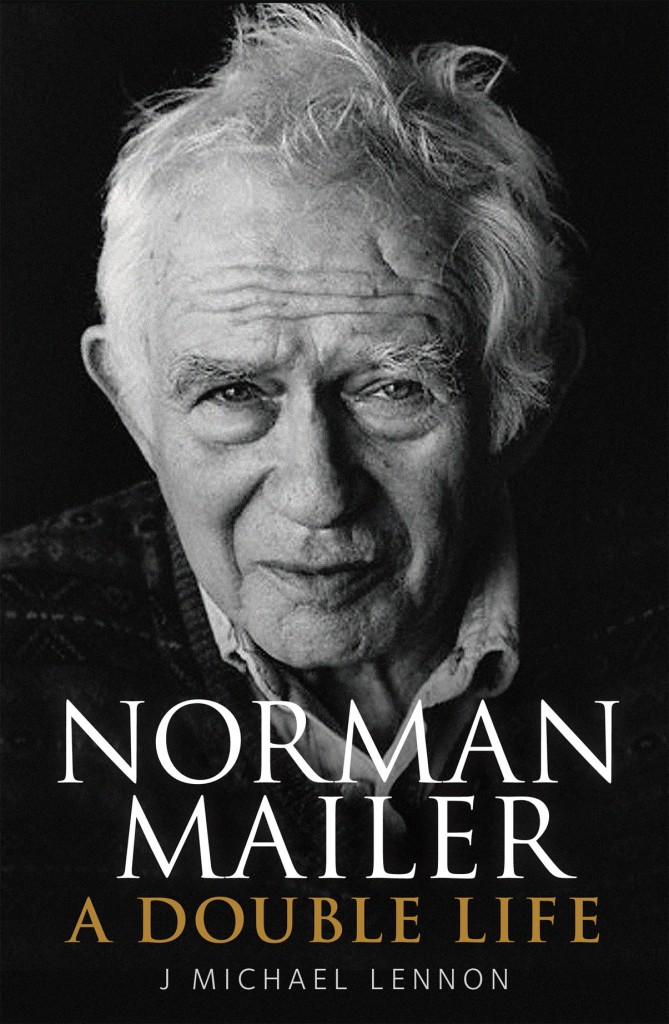Published in Narrative 7 (Fall 1977), 170-88.
“What is life but the angle of vision? A man is measured by the angle at which he looks at objects.” Emerson, “Natural History of Intellect”
Norman Mailer’s development as a writer parallels at every point his growing awareness of the difficulty, and doubtful wisdom, of attempting to separate his personal and artistic worlds. His desire to build “the radical bridge from Marx to Freud,” to link public event and private sensibility, was not announced until 1958. Before that time, incredible as it may seem given his ubiquitous presence in our literary life over the past ten or fifteen years, Mailer attempted to segregate his personal and artistic worlds. . . .
After writing and then fighting for the publication of The Deer Park, Mailer reconsidered the experience in a long essay later published in his omnibus volume, Advertisements for Myself (1959). By now, his perspective had begun to shift. The fact that he referred to Advertisements as “this muted autobiography”, and explained that he had “decided to use my personality as the armature of this work,” shows just how much his conception of the relationship between the artist and his work had begun to change. From the time of Flaubert on, writers began to see themselves more and more as aesthetic artificers and less as purveyors of the egotistical sublime. The role of the novelist as detached craftsman was refined and transmitted to the twentieth century by Conrad and James, and then further exalted by Joyce. As a young writer Mailer accepted implicitly the tradition of the novelist as a detached creator whose method was “objective” or “dramatic,” as René Wellek and Austin Warren define it, rather than the opposed tradition that Wellek and Warren call the “romantic-ironic mode.” Mailer has more in common with Rousseau than Flaubert.
Mailer’s battle with the American publishing industry over the supposed obscenity of The Deer Park was the event that punctured what he calls his “nineteenth century naïveté” and made him “a psychic outlaw.” Mailer now raked through the “personal affectations and nervous susceptibilities” that Flaubert believed the artist should transcend. Essays like “The White Negro,” “The Last Draft of The Deer Park, the “Quickly” columns from the Village Voice, and most of the “Advertisements” that connected these and other short pieces in Advertisements were direct expressions of Mailer’s latest ideas and experience. He later defined experience as “the church of one’s acquired knowledge.”

